Last Updated on May 9, 2021 by Ellen Christian
A pollinator garden is a garden that contains plants for bees and butterflies. It’s a gorgeous garden to admire and enjoy. And, it’s a great way to give back to the pollinators that help keep our food supply viable.Posts may be sponsored. This post contains affiliate links, which means I will make a commission at no extra cost to you should you click through and make a purchase. As an Amazon Associate I earn from qualifying purchases.
Why not make this DIY bee feeder craft next?

Plants for Bees and Butterflies
So, why do you need to think about plants for bees and butterflies? Bees and butterflies are pollinators which means that they help to pollinate the flowers to allow fertilization. Put simply, if your flower is not fertilized, it will not fruit. You can have lots of flowers on your pear tree, but if they do not get fertilized they will not turn into pears.
Bees and butterflies (along with hummingbirds and other insects) help to pollinate our trees, flowers, and vegetable plants so that they feed us. Of course, some plants are self-pollinating. But, attracting pollinators to your garden helps your garden grow and be fruitful.
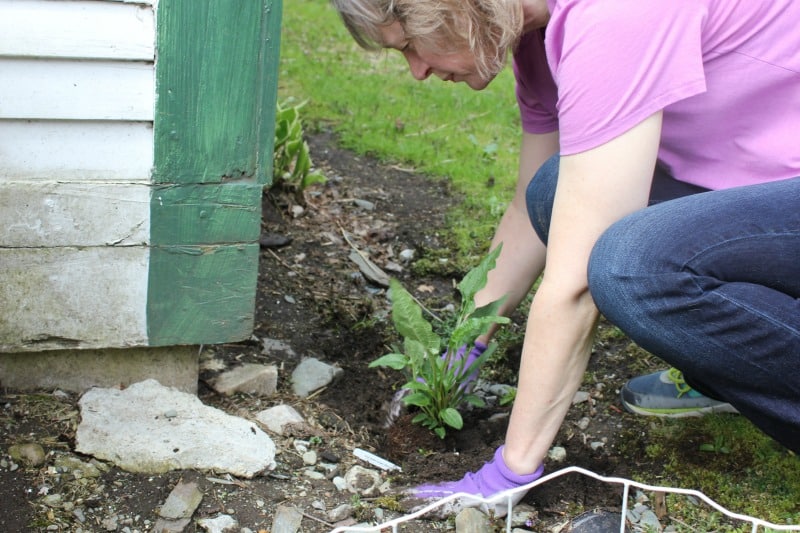
What are the best flowers for bees and butterflies?
Just like people, different bees and butterflies want to eat different things. But, for the most part, they enjoy visiting colorful nectar flowers whether that means flowers, herbs, or vegetables.
Here are just a few that are popular with many species.
- Chives
- Sedum
- Geranium
- Butterfly Bush
- Russian sage
- Bee balm
- Oregano
- Lavender
- Echinacea
- Comfrey
- Thyme
- Rosemary
- Native wildflowers
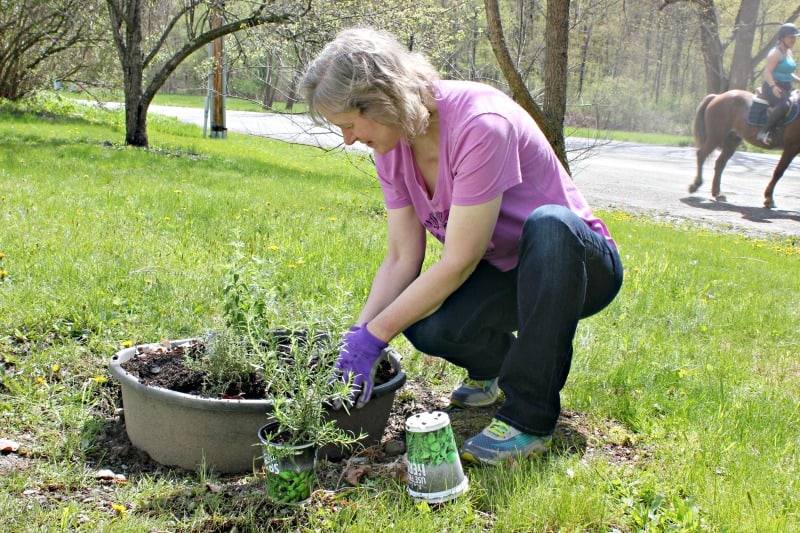
Nectar plants for butterflies
Each type of butterfly enjoys a different type of flower more than others. And, different butterflies live in different areas of the country. In my area (Zone 4), butterflies love Aster, Black-Eyed Susan, Milkweed, Phlox, and Coneflower. And, they also enjoy the daylily that we have planted around the house.
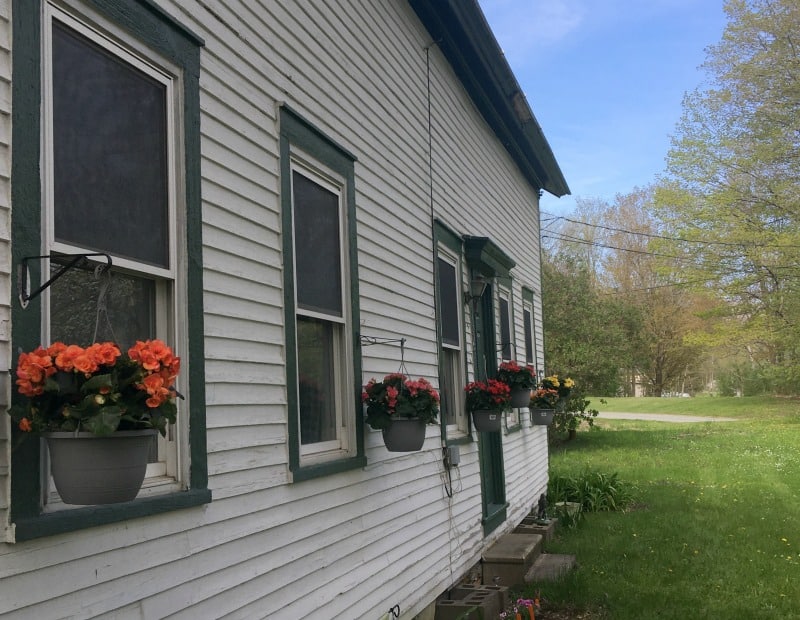
I try to offer a variety of different types of plants for bees and butterflies so I can help different pollinators and attract them to our yard. I have a small herb garden in front of our house. And, I have perennial flowers on the front and sides of our home. I also have hanging plants across the front of our house because my husband and I like watching the butterflies and hummingbirds visit.
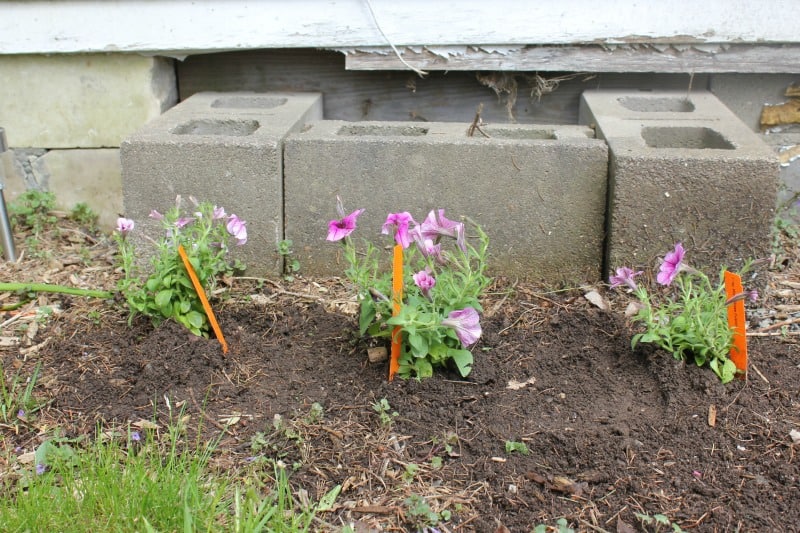
How many plants do I need?
To do the most good, plant a grouping of similar plants for bees and butterflies in one area. It’s more likely that butterflies will be attracted to a large grouping of a single type or single color of flower than one stray flower plant.
We chose pots of colorful begonias for the front of our house. The colors are different. But, each pot is a single color. Begonias typically have reddish-orange flowers on scarlet stems and bloom from May to October. This means they can be beneficial for a longer period of time.
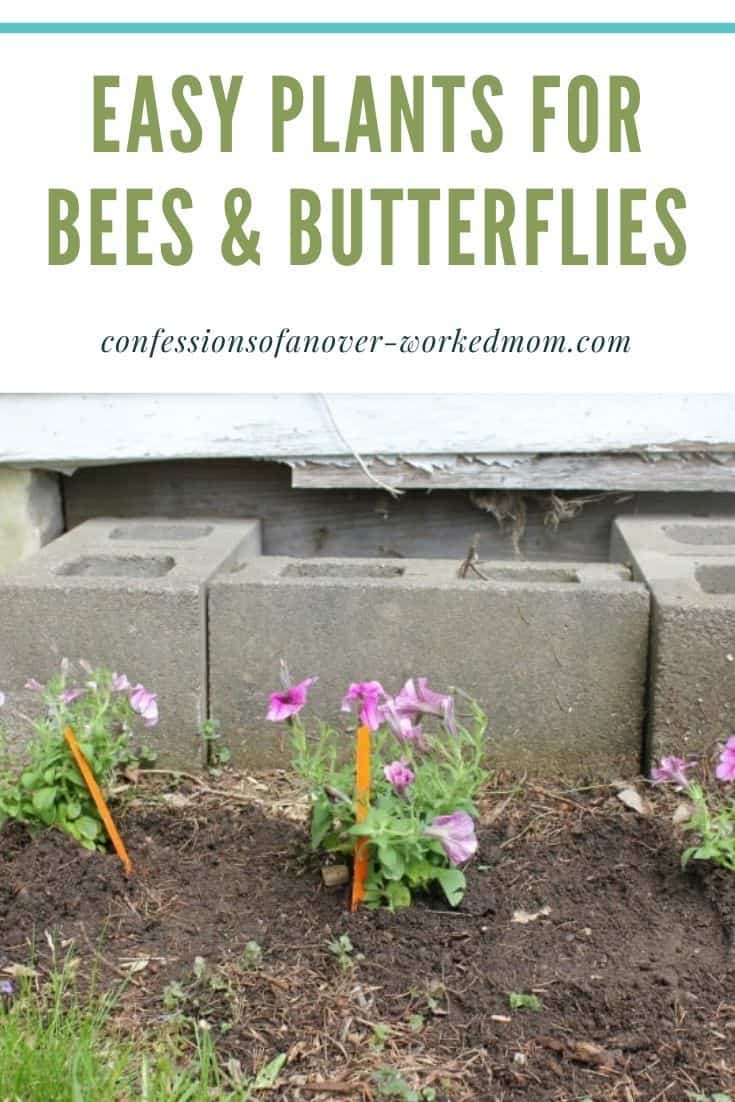
Why plant a pollinator garden
As people build more houses, shopping centers, and parking lots, we are using more and more of the land that used to contain flowers that pollinators could visit.
This lack of available habitat is causing a decline in many species including the monarch butterfly. We have an opportunity to help address this problem by adding plants for bees and butterflies or creating a pollinator garden.
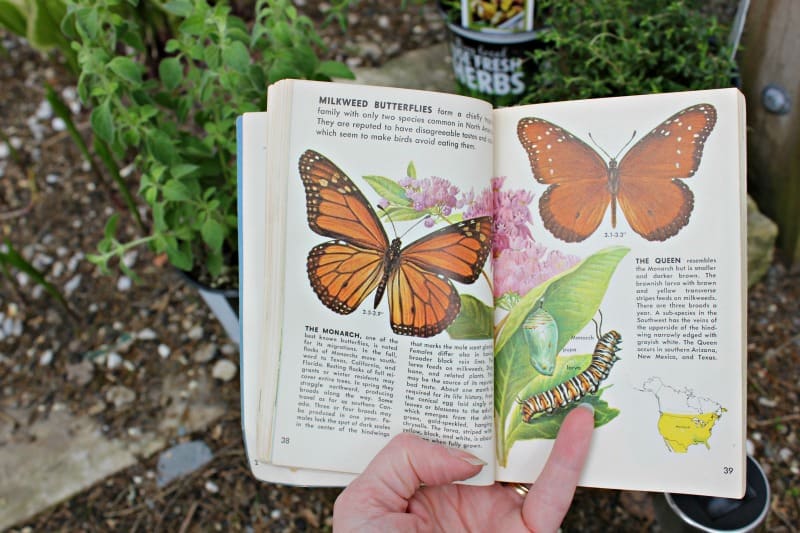
The HabiTally app is trying to track the amount of habitat available for monarch butterflies to help them recover. This year, the Fish and Wildlife Services will decide whether or not the monarch butterfly needs to be put on the endangered species list.
Monarchs lay their eggs on milkweed plants and the monarch caterpillars’ diet consists of only milkweed. Once they are adults, the monarch butterflies will visit the colorful nectar flowers. But, they need the milkweed plants as well.
By using the app, people can enter information about their monarch habitat conservation efforts. This information will be shared with the USFWS to consider when they make their decision.
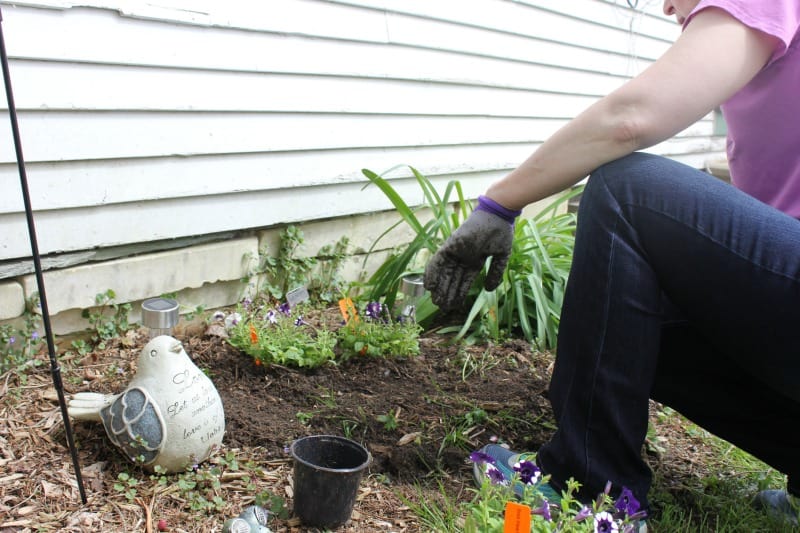
Creating a pollinator garden or adding more plants for bees and butterflies to your yard helps more than just the monarchs. Many other pollinators and small animals will appreciate your effort as well.
Download the app. Add a few of the plants for bees and butterflies I’ve mentioned here to your garden. Add a pin to your garden to document your efforts.
More gardening articles
- Build a ladybug hotel
- Grow salad greens and microgreens
- Beneficial plants for your garden
- Flowers that can take full sun

Ellen is a busy mom of a 24-year-old son and 29-year-old daughter. She owns six blogs and is addicted to social media. She believes that it doesn’t have to be difficult to lead a healthy life. She shares simple healthy living tips to show busy women how to lead fulfilling lives. If you’d like to work together, email info@confessionsofanover-workedmom.com to chat.
